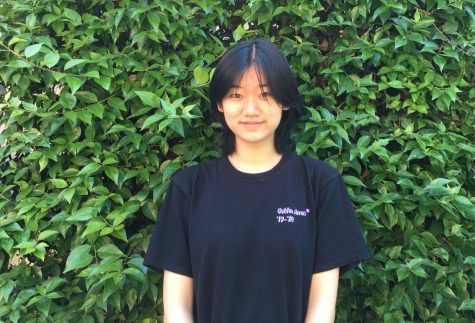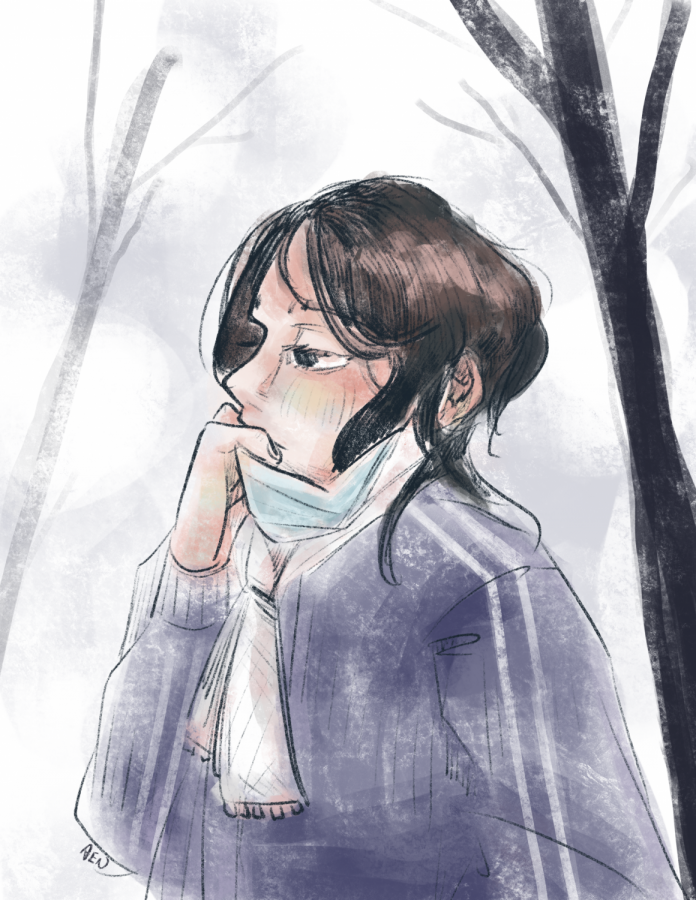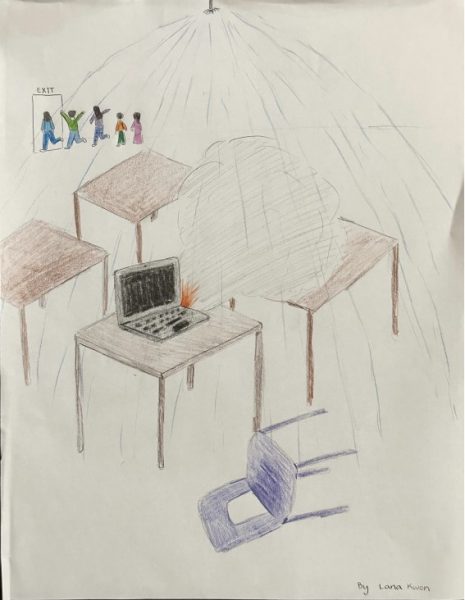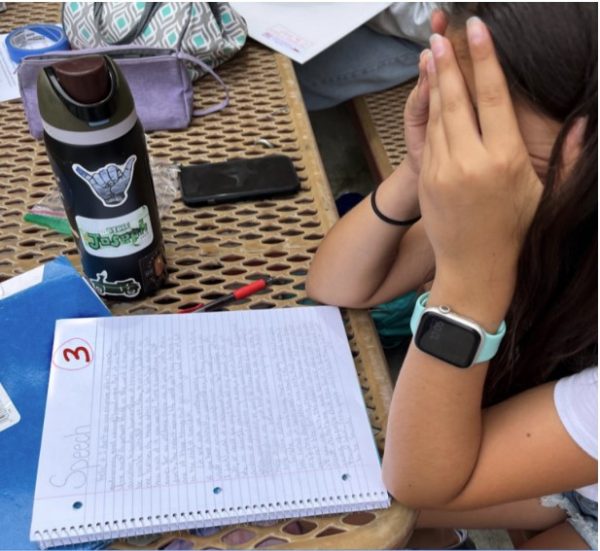Coronavirus: the Highlighter for Xenophobia
Coronavirus, or COVID-19, is a disease that has been racialized and as fears spread, also serves to highlight the underlying racism in the United States
Many people are wearing masks as a precaution against the coronavirus.
Imagine this: you’re an Asian American- not even Chinese American- and you’re at school. You sneeze because it is allergy season and your nose has been runny for days now. The person sitting in the desk next to you glares at you and mutters something under his breath. “Stay away from me; take you and your virus somewhere else.”
Coronavirus, a virus spread through close contact with human and animal carriers, recently swept through China. The disease also afflicted people in other countries, even as most cases remained controlled via quarantines and treatments through robots, as with the coronavirus case in Seattle at the time of this writing. Fast information has also fed fake news. Fortunately, trustworthy and verifiable sources such as the Centers for Disease Control and Prevention (CDC) have consistently updated statistics and information to keep the public knowledgeable about real statistics and information.
All over America, coronavirus has highlighted the underlying xenophobia in American society. In Irvine, high school students struggle to see it, largely because every single Irvine high school is a majority-minority school: a school where the majority of the students are minorities on a national scale.
Xenophobia is a dislike and prejudice against those who are not from one’s home country. For the majority of modern day Americans, this xenophobia would be against recent immigrants, such as Asian American and Latino American populations.
These prejudices slice deep, especially for many of the younger populations of these demographics. Many Woodbridge High students are first, second or third-generation immigrants. We’ve grown up in America and consider ourselves Americans; though we have learned to combine American values with our cultural values, we are still American. Chinese American, Korean American, Mexican American: regardless, we are all American.
At Woodbridge High, xenophobia isn’t so prominent- but it definitely happens. Students, with not-so-discreet whispers and obvious glances, have remarked on my Chinese origin, warning their friends to “stay away” to avoid coronavirus. On a national scale, the xenophobia is far more obvious. According to TIME Magazine, a man, name undisclosed, died because of his Chinese origins. While he had a heart attack in a very busy area, passer-byers looked on, refusing to assist because they were afraid to contract coronavirus. When people have died because of prejudices, we must acknowledge the problem.
Previously, it is relatively easy to ignore the underlying xenophobia in America, a sentiment that has carried through history since the early 1800s. We can usually ignore the underlying problems of our society. With coronavirus threatening the status quo, we have to take a moment and look at the issues.
Xenophobia is overly normalized in America. The University of California, Berkeley, one of the most prestigious universities of higher learning, considered it normal enough to note on a schoolwide notification that xenophobia was a “normal response” to the coronavirus and should be expected. The large Asian population at UC Berkeley met the statement with livid commentary, which led to the university retracting the statement.
This problem must be addressed, largely through education. Xenophobia arises from an irrational fear of the unknown and not understood. Education of different cultures, ethnicities, and customs can break down these fears, bringing a universal acceptance and understanding for others. In the future and now, people need to read and learn about other cultures while checking themselves for xenophobic behaviors. As the world moves forwards, we cannot carry the same uneducated sentiments forward.
In a globalizing and modernizing world, xenophobia must be left behind.
Your donation will support the student journalists of Woodbridge High School. Your contribution will allow us to purchase equipment and cover our annual website hosting costs.

Hey, Woodbridge! I'm so excited to bring the Golden Arrow to you this year as a Co-Editor-in-Chief. Working with our amazing team, I will strive to maintain...

Heya, I'm Andrea, an avid literature and Leigh Bardugo enthusiast. I'm operating as a Photo Editor and illustrator this year for the Golden Arrow Magazine....









